|
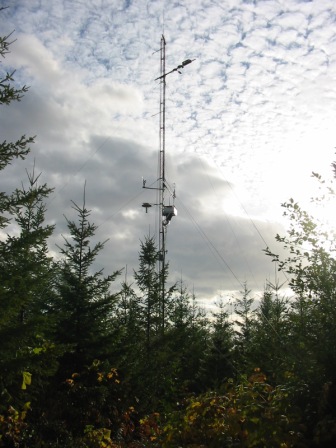 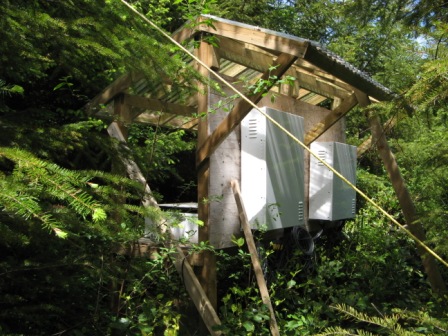 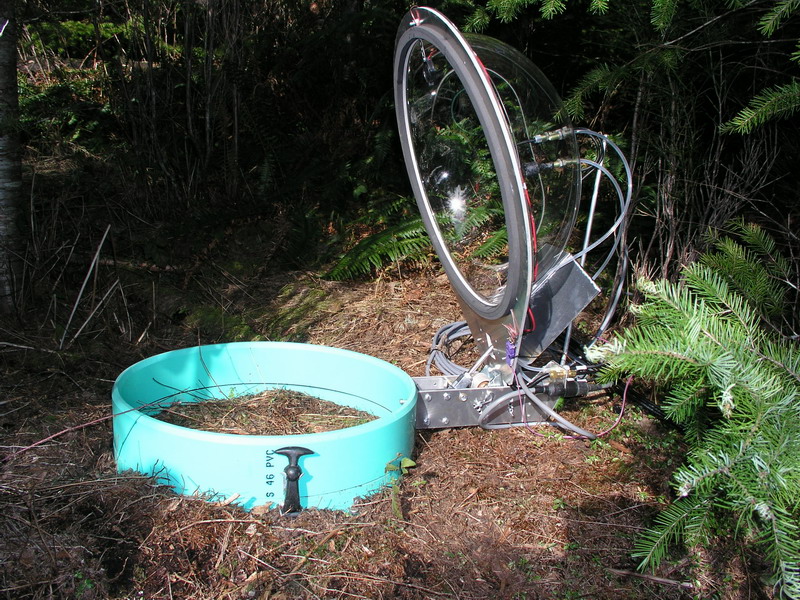 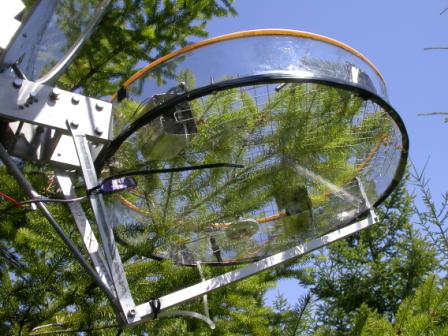 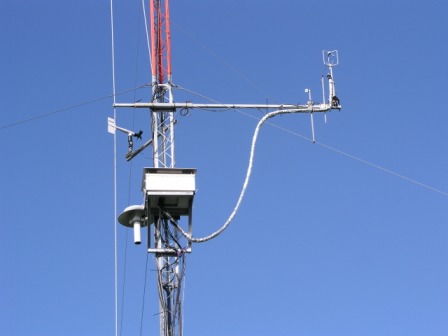
Back to research
projects main page
------------------------------------------------------------------------------------------------
Background information
The carbon
balance of terrestrial ecosystems mostly represents a delicate
equilibrium between
three important physiological processes, i.e. carbon assimilation by
plant photosynthesis and carbon release by plant respiration
and microbial decomposition in the soil. It can be measured by various
techniques, including long-term changes in aboveground and
belowground carbon stocks, as well
as tower-based eddy covariance and chamber-based gas
exchange measurements.
During the last few decades, many studies
using a combination of these techniques
have shown
an immense variability in
carbon exchange processes, both in space and time. Spatial
variability ranges from the plot to the
continent levels and is
attributed to a multitude of biophysical characteristics of
soils, plants
and ecosystems. Temporal variability ranges
from hours to centuries in relation
to climate (temperature, light, moisture), as
well as biological and anthropogenic
processes such as phenology,
disturbances and management
practices.
------------------------------------------------------------------------------------------------
What
are the objectives of the
project?
Although a significant
amount of research has been done in the last century to understand,
quantify and model the carbon
balance of terrestrial ecosystems, many questions remain
unresolved to date. Of most interest to our group are
the following:
(1) How does urea fertlization, a common forest management practice
used to increase timber productivity in forest ecosystems,
influence ecosystem-level carbon
dioxide fluxes in an intermediate-aged
(25 y-old) Douglas-fir stand of the
temperate west coast of Canada (Vancouver Island,
British Columbia)?
(2)
How are the ecosystem-level
carbon dioxide fluxes
partitioned
between all the components of the Douglas-fir
stand,
i.e. between photosynthesis
and respiration, including
plant respiration and microbial decomposition?
(3) What are the short and
long-term controls of various biophysical factors
such as climate, stand physical characteristics and
aboveground productivity on photosynthesis
and respiration?
The project is a partnership between our
group and the
Biometeorology and Soil Physics Group of the
University of British Columbia (Dr. T. Andrew Black).
Top
Ý
------------------------------------------------------------------------------------------------
What type of
measurements are made?
The ecosystem-level carbon dioxide exchange
of the stand (net balance
between photosynthesis and respiration at the stand scale)
and microclimatic conditions
are
measured continuously, at half-hourly intervals, using
a
tower-based eddy covariance technique
above the forest canopy (picture left) by the
BIOMET group of UBC.
Measurements were initiated in 2001 and are still continuing
today. Aerial urea fertilization was performed in 2007
at a rate of 200 kg N ha-1.
A remotely-operated
automated chamber system is used
jointly by BIOMET UBC and VIU concomitantly with the
eddy covariance system to
partition, in real time , the contribution of each
component (soil and vegetation ) to the
ecosystem-level carbon dioxide
exchange of the stand.
Continuous measurements currently made include
branch photosynthesis and respiration with a branch
chamber (picture middle bottom ),
tree trunk respiration with bole chambers and total soil
respiration, with soil CO2 efflux chambers
(picture middle top ).
A root exclusion experiment, in which roots were severed in
individual plots
with trenches , has been initiated in 2011 by
BIOMET VIU to partition the contribution of
rhizospheric and
heterotrophic respiration to total soil respiration.
These measurements are also performed using the soil CO2 efflux chambers .
Manual
measurements of the different components, which are obtained
with a portable carbon dioxide exchange
system during regular site visits by undergraduate students
at VIU (picture right below), allow a better spatial
integration of the fluxes within the canopy and the
footprint of the eddy covariance tower.
|